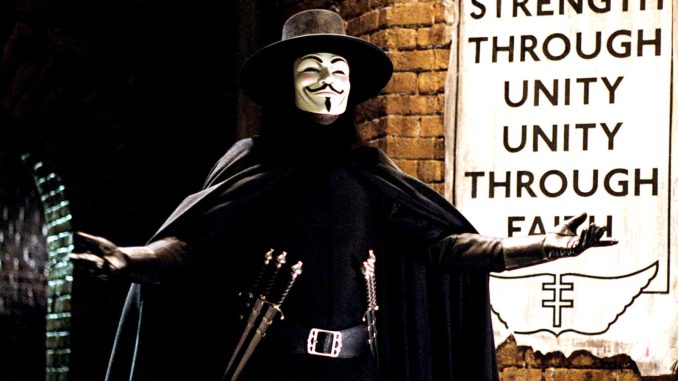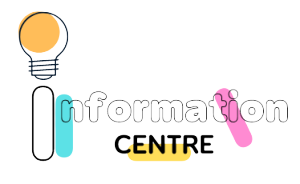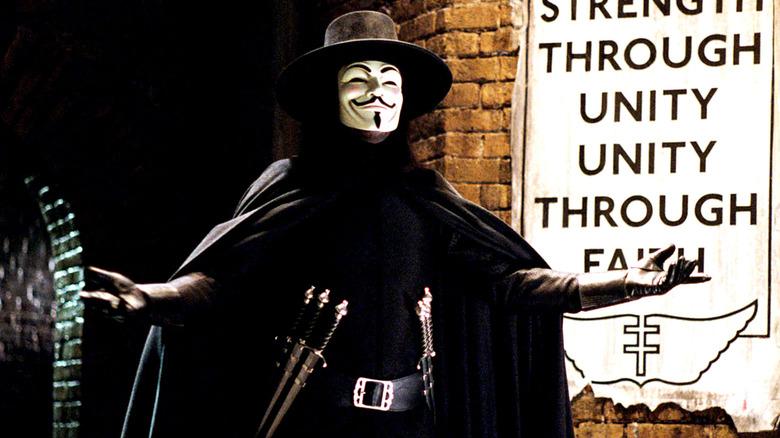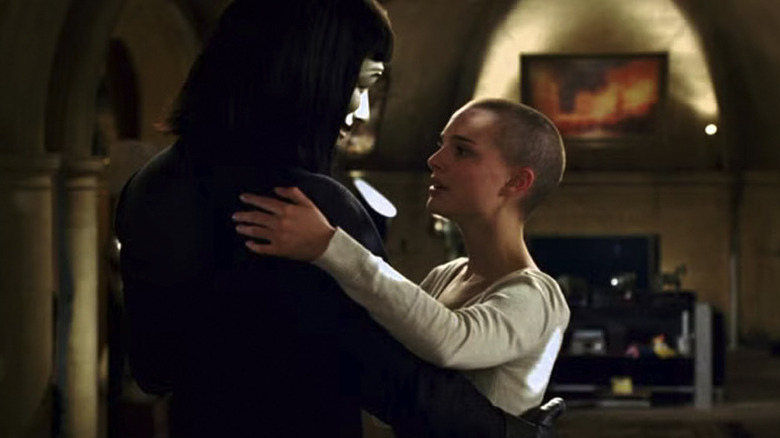
Hugo Weaving is probably best known for his role as the creepy, scenery-chewing Agent Smith in the original three “Matrix” films, or maybe for his role as Lord Elrond in the “Lord of the Rings” movies, but it’s also worth mentioning his lead role in “V for Vendetta.” There, he plays the morally-questionable hero/terrorist, V. The character wears a mask throughout the film, which you might think (wrongly!) would hamper Weaving’s ability to give a memorable performance.
But before Weaving could take on the role, V was played by James Purefoy, an actor best known today for his role as Mark Antony in “Rome” and Laurens Bancroft in “Altered Carbon.” “V for Vendetta” was arguably a bigger project than either of those shows, so why did Purefoy back out of it after six weeks of filming? It was supposedly because he hated wearing that Guy Fawkes mask. He hasn’t spoken much about the experience since leaving the project, but before he did, he was already complaining about the mask:
“That mask is the thing I’ll be wearing through the movie. We’ll never see my face. It’s a great acting challenge. Wearing that thing takes … a lot of takes. Spider-Man’s mask comes off. Batman’s mask comes off. Even the elephant man had eyes. That’s all I ask for, just an eye! Every night I’m in that mask for another three hours when I go home. I have mirrors all over my apartment and I live in it until I go to bed. So my neighbors obviously think I’m mad.”
When Hugo Weaving took on the role, he too acknowledged that the mask was a big struggle: “I know the difficulties James was having and I was warned by other people. Certain difficulties with the mask. I just think it can feel very hot. You feel quite … cut off.”
How Weaving managed to shine in V for Vendetta despite the mask
Luckily for Weaving, not all of his “V for Vendetta” scenes required him to keep the mask on. As he explained in an interview afterward, “Funnily enough, V impersonates a couple of other characters in the story, so the first three days shooting I was not in the mask, which was actually a good introduction to everyone on set.”
But even though Weaving didn’t have to wear a mask for those scenes, there was still the challenge of him having to convey emotions without the audience seeing his face. This was the real issue that plagued Purefoy’s time on the production; as director James McTeigue would later explain, Purefoy’s biggest struggle with the movie was that his “his main instrument — his face — was being taken away.”
It’s a pretty unique situation for a live-action actor to deal with, but the suddenness with which the project was thrust upon Weaving seemed to help him get through it. As Weaving explained:
“Particularly if you’ve been asked to do something and within a few days you fly half-way around the world and jump into the skin of the character. There was really no time to think about that either, really, so I decided very early on for me it was a technical exercise and I wasn’t going to get emotionally engaged in the problems of the mask at all, but do everything I can to make that mask work.”
It helped that Weaving has a very strong and distinctive voice. It’s not quite as iconic as Morgan Freeman’s, but it’s smooth and memorable enough that people are still praising him for it. For McTeigue, Weaving’s vocal performance was so strong that he knew the project would be a success the moment Weaving recorded his first scene.
“The very first thing Hugo did was the scene where Evey has been in prison for a long time and receives a letter from Valerie,” McTeigue explained. “She comes out and V is waiting for her, and she realizes he is the person that’s imprisoned her. It’s a big emotional scene. On his very first take, I just thought, ‘Oh my god, he’s saved me. This is going to be amazing.'”



Leave a Reply